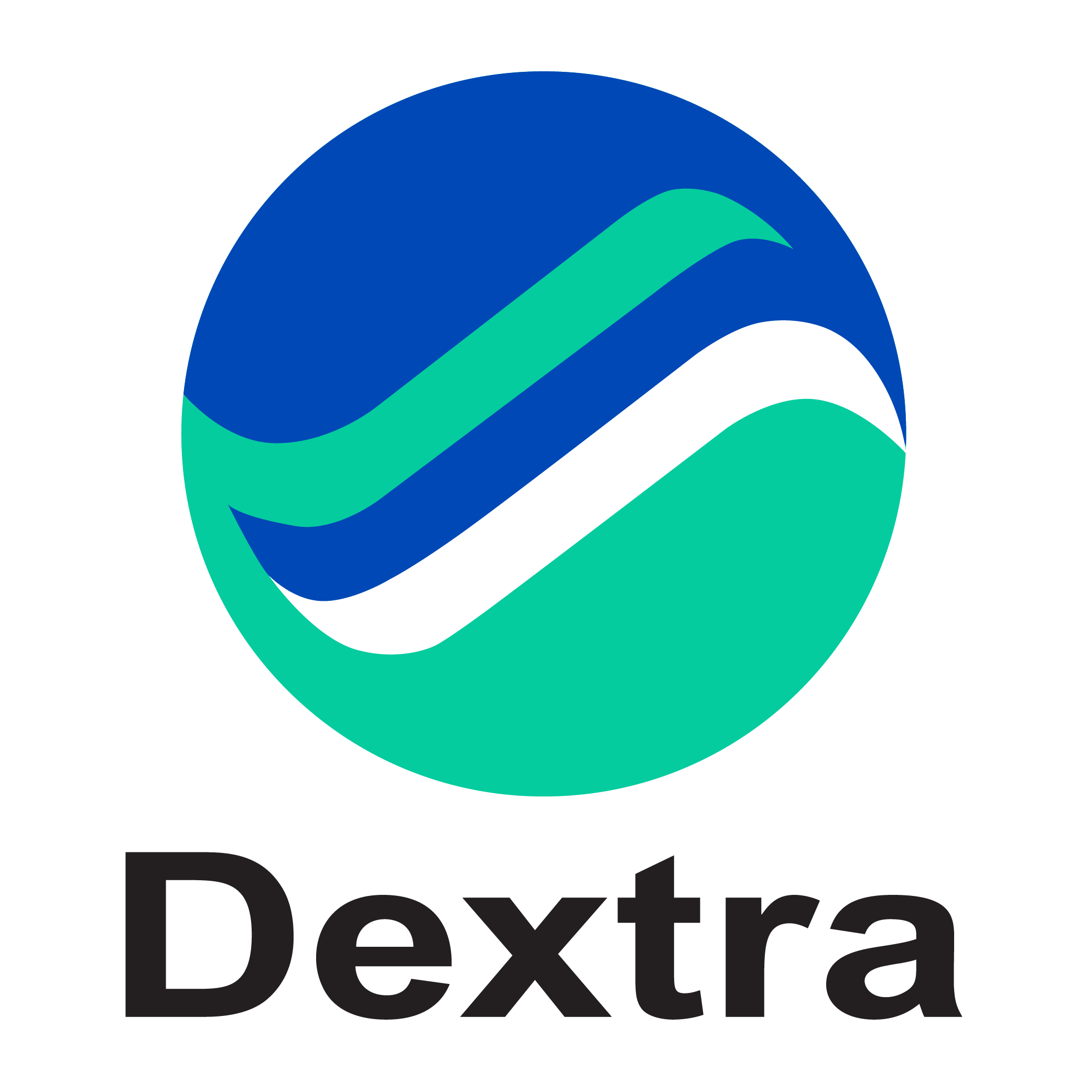EnergyConnect – Whittens Buronga Substation
The EnergyConnect project has emerged as a groundbreaking initiative that will revolutionize the sharing of electricity between New South Wales (NSW), Victoria, and South Australia. At the heart of this transformative project lies Dextra’s indispensable contribution—supplying almost 30,000 meters of glass fiber-reinforced polymer (GFRP) rebar in diameters of 13mm, 25mm, and 38mm. This not only marks a monumental step in the realm of construction but also advances the vision of a more sustainable and interconnected future.
The EnergyConnect Project
The EnergyConnect project is a testament to Australia’s commitment to enhancing energy infrastructure and promoting cooperation between states. This project aims to create a robust electricity transmission network, enabling the efficient sharing of power resources across three states. As Australia transitions towards cleaner and more sustainable energy solutions, the EnergyConnect project plays a pivotal role in fostering a resilient and interconnected power grid.
Dextra’s Contribution
Dextra supplied a substantial quantity of GFRP rebar, showcasing its commitment to providing cutting-edge and sustainable construction materials. The use of GFRP rebar is a game-changer in the construction industry, offering a corrosion-resistant alternative to traditional steel reinforcement.
The 30,000 meters of GFRP rebar, ranging in diameters from 13mm to 38mm, were strategically incorporated to reinforce electrical transmission lines and substation structures. This not only enhances the structural integrity of the infrastructure but also aligns with the broader goal of reducing the environmental impact of construction activities.
Advantages of GFRP Rebar
GFRP rebar, also known as fiberglass-reinforced polymer (FRP) rebar, offers several advantages in construction. Unlike traditional steel reinforcement, GFRP rebar is corrosion-resistant, making it an ideal choice for projects in regions with challenging environmental conditions. The EnergyConnect project, spanning multiple states with diverse climates, benefits immensely from this corrosion-resistant characteristic, ensuring the longevity and durability of the infrastructure.
Furthermore, GFRP rebar is significantly lighter than steel, simplifying transportation and handling during construction. This enhances efficiency and reduces labor costs, making it an attractive choice for large-scale projects like EnergyConnect.




